Masters Recommendation Letter Template for Graduate Applications
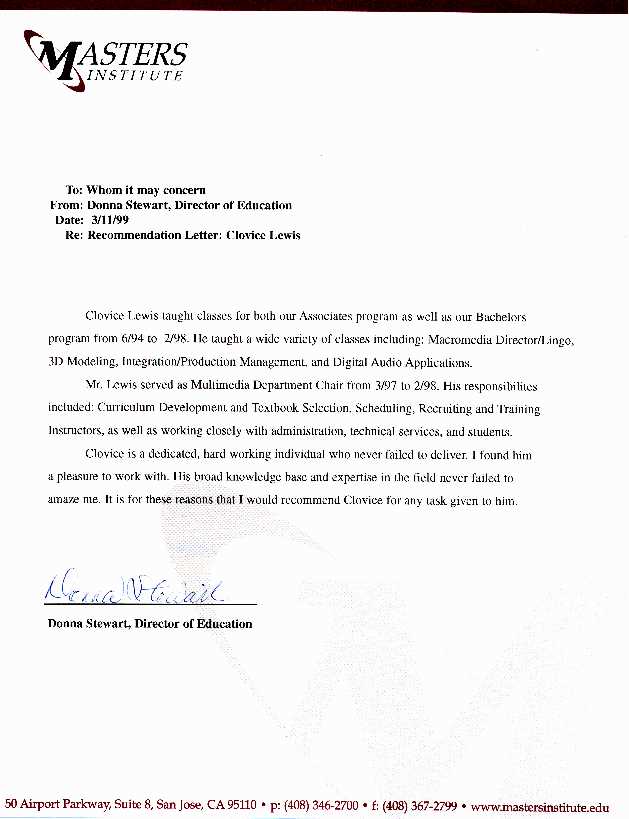
When applying to graduate school, one crucial component that can make or break an application is a well-crafted endorsement. This document provides insight into the applicant’s abilities, character, and potential for success in advanced studies. A strong endorsement highlights the applicant’s strengths while offering specific examples of their skills and achievements. It is essential to ensure the endorsement stands out, presenting a clear and compelling argument for why the applicant deserves to be considered for the program.
Key Elements to Consider
A persuasive endorsement includes several core components. First, it is important to introduce the applicant and explain the relationship between the writer and the candidate. This establishes credibility and context. Next, the body should focus on the applicant’s qualifications, such as academic achievements, skills, and relevant experiences that demonstrate their suitability for the program. Specific examples are crucial to support these claims, showing rather than just telling the reader about the applicant’s abilities. Finally, a strong closing emphasizes the applicant’s potential for success and a clear recommendation for their acceptance.
Tailoring to the Program
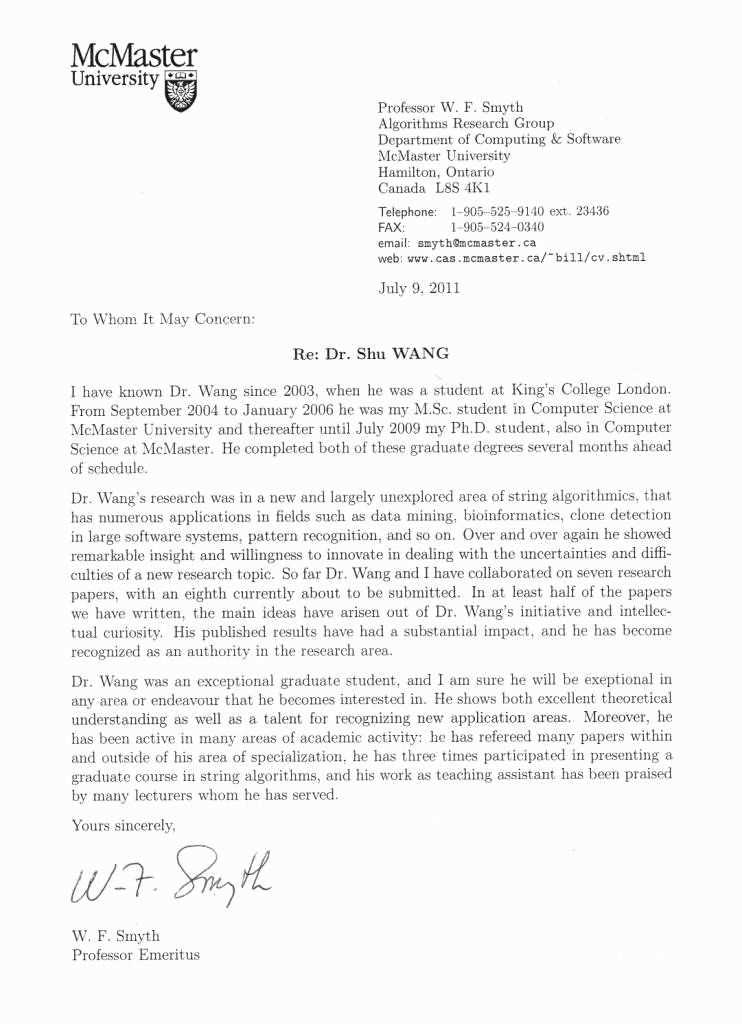
Each graduate program has unique requirements and values, and the endorsement should reflect that. Understanding the specific focus and expectations of the program can help highlight the most relevant qualities and achievements of the applicant. A general endorsement may not be as compelling as one that speaks directly to the program’s specific needs and objectives. Researching the program beforehand ensures the endorsement aligns with what admissions committees prioritize.
Avoiding Common Pitfalls
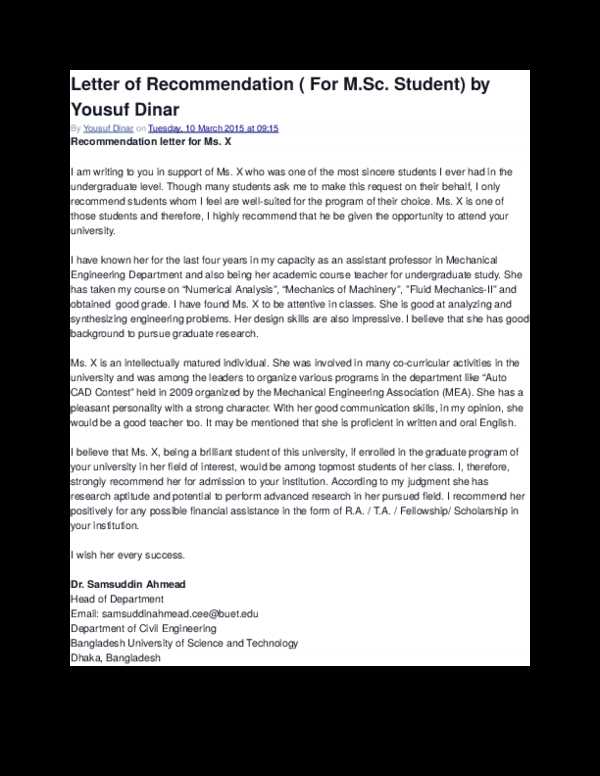
- Generalizations: Avoid vague statements that don’t provide concrete examples of the applicant’s abilities or achievements.
- Excessive Flattery: While it’s important to highlight the applicant’s strengths, overly praising them without evidence can seem insincere.
- Lack of Specificity: Ensure that the endorsement focuses on relevant, meaningful aspects of the applicant’s experiences rather than general attributes.
Requesting a Strong Endorsement
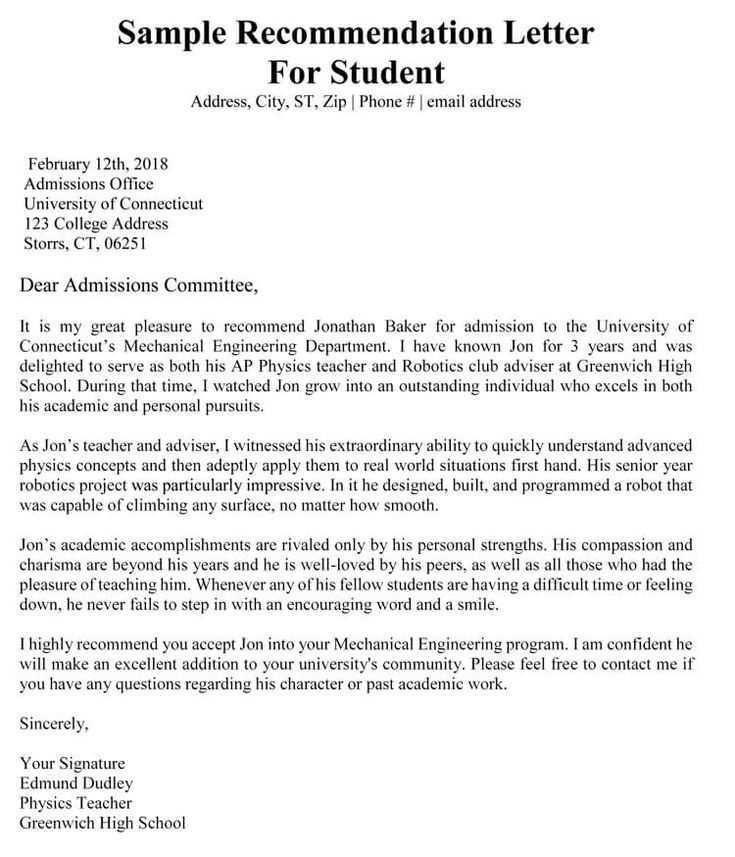
When requesting an endorsement, it is important to approach the potential writer thoughtfully. Make sure to choose someone who knows the applicant well and can speak credibly about their strengths. Provide the writer with all the necessary details, such as the program’s requirements and deadlines. Offering a draft or an outline can help guide the writer, but it is also important to give them the freedom to personalize the content.
Structuring the Endorsement
A well-organized endorsement follows a clear structure. Begin with an introduction that explains the writer’s relationship to the applicant. The main body should focus on specific achievements, skills, and qualities, with concrete examples. Conclude with a strong statement of support for the applicant’s acceptance into the program. This structure ensures clarity and makes the endorsement easy to read and persuasive.
Why a Strong Endorsement Matters and How to Make It Stand Out
When applying to graduate programs, the right form of support from a credible source can greatly enhance the application. A well-written endorsement provides an opportunity for someone familiar with the applicant to present their strengths and potential for success. This powerful tool can serve as a deciding factor in gaining admission, as it adds a layer of personal validation and credibility to the application.
Core Elements to Include in an Effective Endorsement
Each endorsement should follow a clear structure to effectively communicate the applicant’s qualifications. Begin by introducing the relationship between the writer and the applicant. This context provides a foundation for understanding the writer’s perspective. Next, highlight the applicant’s academic and professional strengths, supported by specific examples that showcase their achievements. Conclude with a clear recommendation for the applicant’s acceptance and a final note of confidence in their abilities.
Personalizing the Content for Maximum Impact
To make an endorsement more compelling, it’s important to tailor it to the applicant’s strengths and the specific program they are applying to. Rather than using a generic format, emphasize qualities that align with the values and focus areas of the program. This personal touch makes the endorsement more authentic and demonstrates the applicant’s fit for the program.
Common errors can detract from the power of an endorsement. Vague statements, lack of supporting examples, and excessive praise without evidence can undermine the effectiveness of the endorsement. It’s essential to maintain a balance of professionalism while providing enough detail to illustrate the applicant’s qualifications.
Effective Strategies for Requesting Support from Professors
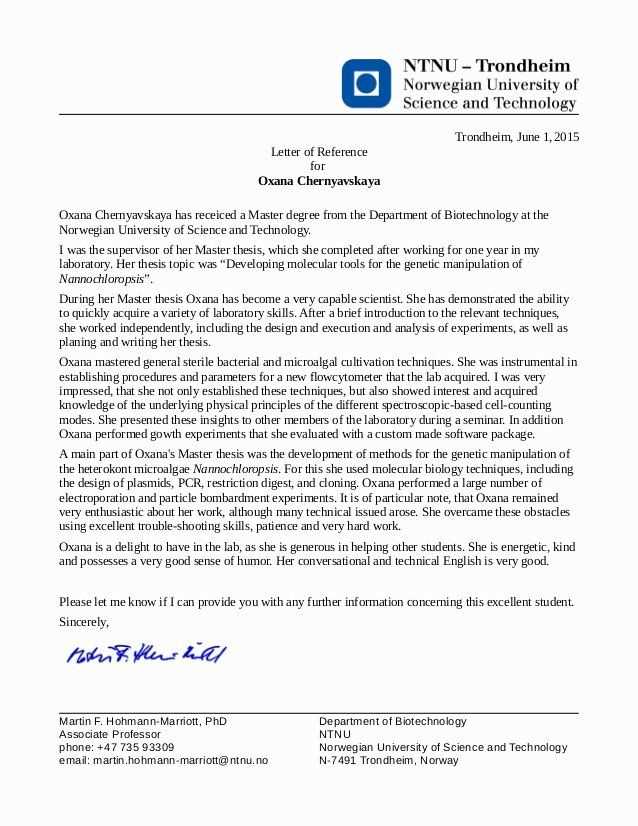
When seeking an endorsement, it’s essential to approach professors or mentors thoughtfully. Be sure to ask those who are familiar with your academic or professional work and can speak to your strengths. Clearly communicate the purpose of the endorsement and provide all relevant details, such as submission guidelines and deadlines. Offering an outline or key points can help guide the writer while allowing them the freedom to add their personal touch.
Adapting the endorsement for the specific requirements of a program is equally important. Researching the program’s focus areas and highlighting the applicant’s relevant experiences can make a significant difference. A customized endorsement demonstrates that the applicant is not only a strong candidate but also a perfect fit for the program’s unique goals.